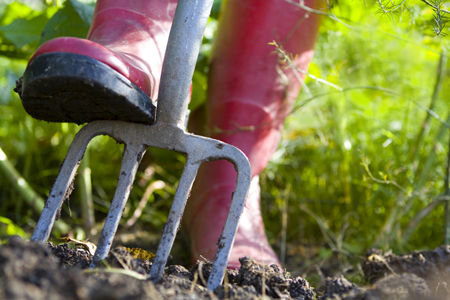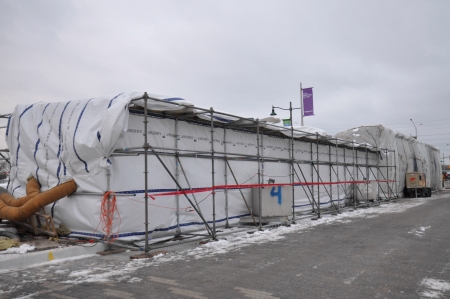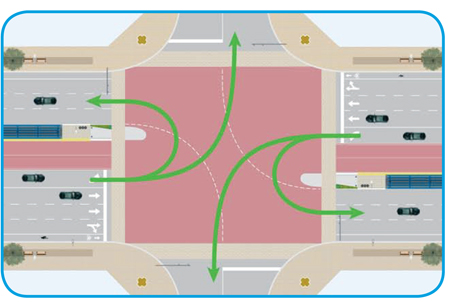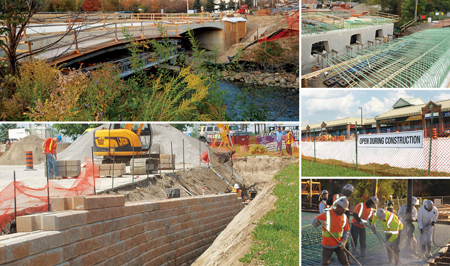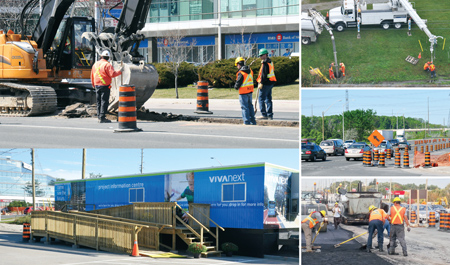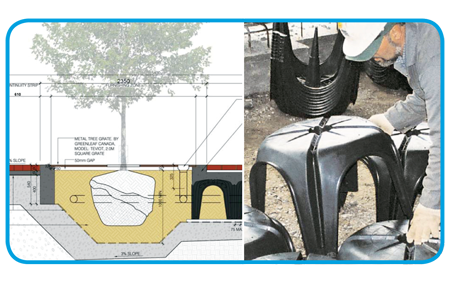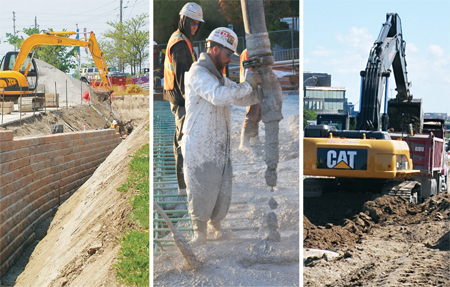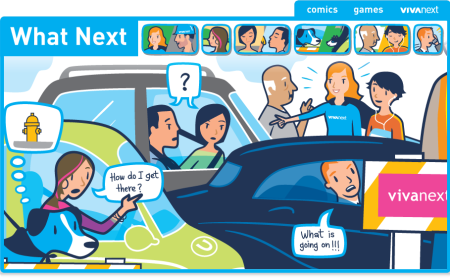Recently at one of our weekly project meetings, I was thinking about how much time our designers and field engineers spend discussing and planning for things that are invisible to most people, and in many cases aren’t even directly related to our rapid transit project.
Every foot of our design work for the vivaNext construction project has had to take into consideration a dizzying array of underground utilities, their service connections to customers and residents, and unknown buried utility lines that may or may not be abandoned. Interfering with or changing any of those elements isn’t an option, because they’re part of the critically important infrastructure that everyone living or working in our Region depends on. We need to either work around them, relocate them, or bury them even deeper before we can do our own work.
So here’s a primer on everything located out of sight, in the underground world of vivaNext construction.
First, let’s think about all the things that everyone needs – water, electricity, heat, sanitation. In York Region, the larger the infrastructure the deeper into the ground it goes. All utilities need to be a minimum of 1 metre below ground.
Storm sewers are installed 2 metres below the curb while watermains are placed under the middle of roads at depths of 4 metres or more. There are two main water lines on the north and sound sides of Hwy 7, as well as storm sewers running up every street Highway 7 intersects.
Gas mains are installed 1.5 metres deep as close to property lines as possible, and when they cross under roads and creeks they’re as deep as 2.5 metres.
Telecommunication conduits can be installed in the boulevard at a depth of 1 metre due to their smaller size. As the population grows, so does the demand for telecommunication services, so quick access to these lines is important.
Then there are all the other things people want in their homes. How about a phone line? Or a line for your computer? And don’t forget the cable you need to watch your favourite TV show. During our construction projects, we’re coordinating with all the private telecommunications companies, as well as York Telecommunications Network (YTN) which provides connectivity to Viva bus stops. Where a lot of telecommunications lines need to be installed, they’re placed in a concrete encased duct bank.
And then there are the culverts, catch basins, manhole covers, oil grit separators for the storm sewers, and the fire hydrants. Add the underground elements for our landscaping, including tree soil cells and irrigation lines, plus foundations for bridges and other structures. That pretty much covers the main elements that are underground – and we didn’t even mention the utility work taking place above ground!
So if you ever thought it was taking a long time for us to begin building the above ground part of the project, you’ll know why we devote so much time to locating, designing around, and in some cases relocating, underground components before we can build on the surface.

